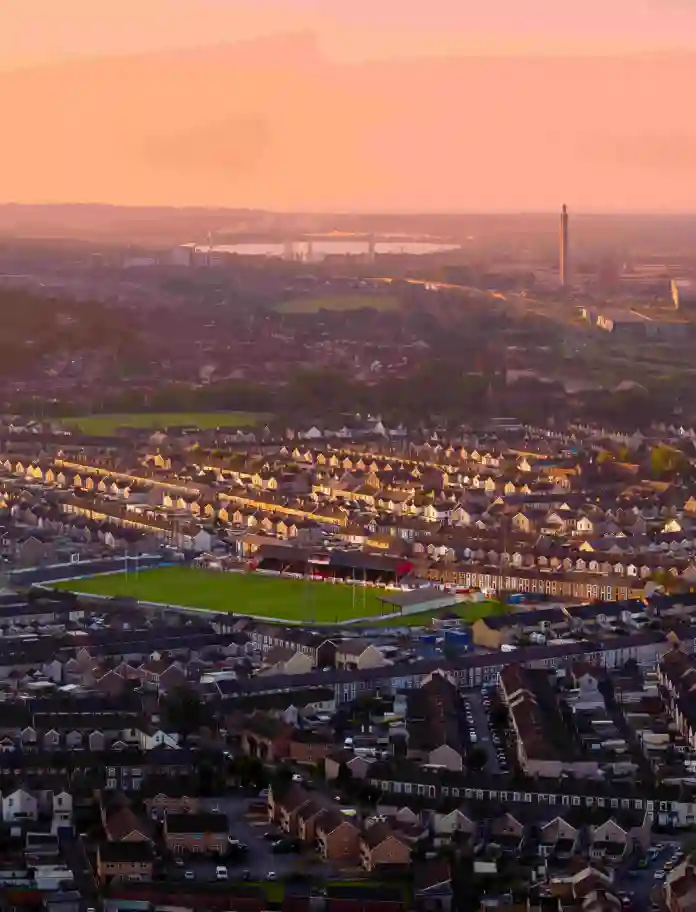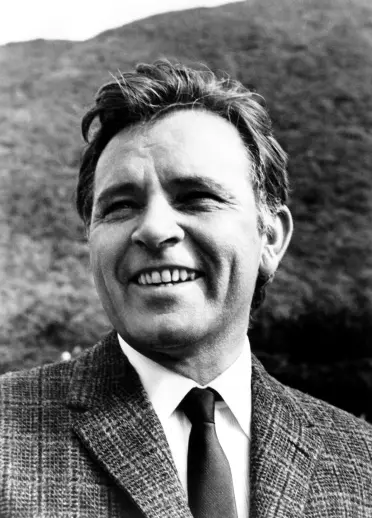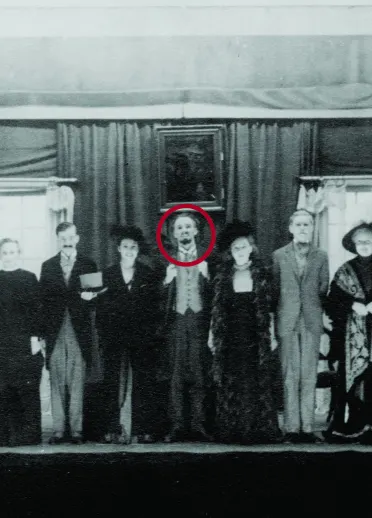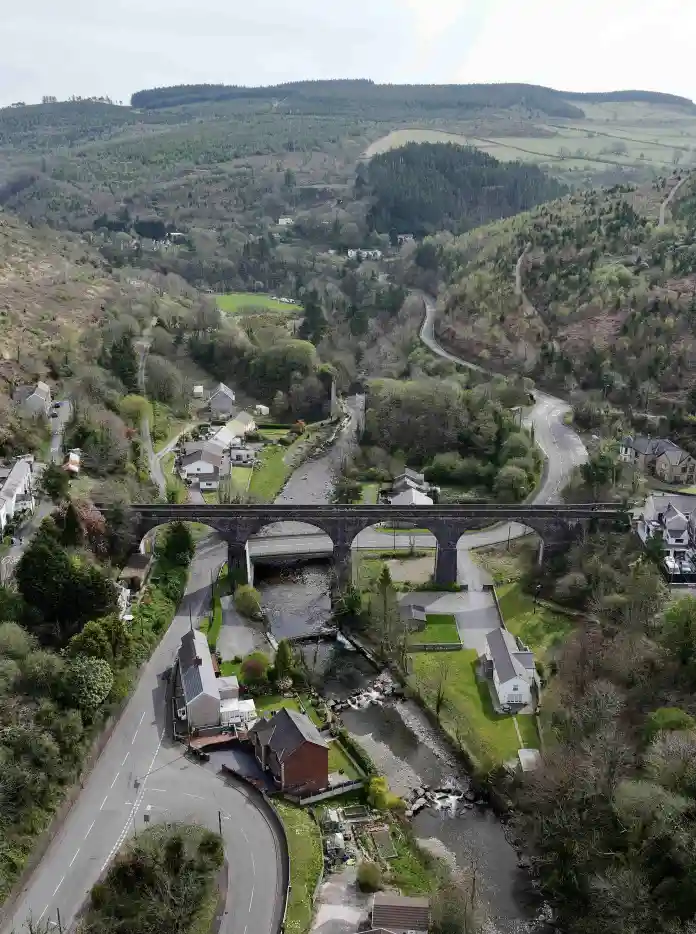Whether you're a film lover drawn to one of Hollywood’s most charismatic stars, or a visitor looking to follow in his footsteps through the Welsh landscapes that shaped him – ‘Pontrhyd-heaven’ according to Elizabeth Taylor - it’s time to rediscover the man behind the legend.
November 10th 2025 marks the centenary of Richard Burton’s birth, the Welsh-born actor whose voice, talent, and tumultuous life and love stories turned him into a legend on both sides of the Atlantic.
Born Richard Jenkins in the small mining village of Pontrhydyfen, in South Wales, Burton’s journey from the hills of his homeland to Broadway and Hollywood remains one of the most compelling tales in cultural and cinema history.

Global star, local soul
Richard Burton was the twelfth of thirteen children born into a Welsh coal mining family. His mother died when he was just two years old, and he was raised amid the close-knit communities of Pontrhydyfen and nearby Port Talbot, where he spent most of his formative years, and where several family members still reside today.
“I grew up among heroes who went down the pit, who played rugby, told stories, sang songs of war” - the working-class world Richard grew up in left a lasting imprint on him and coupled with his bilingual upbringing, helped shape not only his worldview but also his unmistakable voice -deep and resonant. Burton once described it as being “infused with Welsh coal,” a nod to his heritage, where the mining industry that dominated South Wales exported tens of millions of tonnes of coal across the globe, including to North America - a journey that Burton would soon make for himself in the early 1950s.


Step into Burton’s Wales
Visitors today can walk in the actor’s footsteps on two dedicated Richard Burton Trails, which trace his formative years:
- The Birthplace Trail winds through the picturesque village of Pontrhydyfen, offering views across the Afan Valley. Stops include Burton’s birthplace; Penhydd Street, where many of his family used to live; the imposing 1898 viaduct, and Bethel Chapel, where a memorial service was held upon his death in 1984, and where another Welsh actor who’s made it big in the US, Matthew Rhys, will star in Playing Burton to close the RB100 centenary celebrations in November.
- The Childhood Trail in Port Talbot, the industrial coastal town down the valley where Burton spent his youth, highlights Burton’s teenage haunts, including the Taibach Community Education Centre, where he acted in local youth productions, and Taibach Library, where he indulged his love of books and literature. The trail concludes at Talbot Memorial Park, home to a statue and a poem penned by Burton himself.
A transatlantic icon
Burton’s story is not just one of a Welsh boy made good, it is also the story of a transatlantic star who left an indelible mark on North American theatre and cinema. After cutting his teeth on stage at the Taibach Community Education Centre, Burton’s breakthrough came on the London stage, but it was on Broadway and in Hollywood that he became a household name. His Broadway debut in The Lady’s Not for Burning in 1950 stunned audiences and critics alike. His performance in Camelot as King Arthur in 1960, alongside Julie Andrews, and his record-breaking run as Hamlet in 1964, cemented his stardom in the theatre world of the USA. Burton was also instrumental in shaping the next generation of performers, appointed as the first director of the American Musical and Dramatic Academy (AMDA) in New York City.
Throughout the 1960s and 70s, Burton became a regular presence in Hollywood, with iconic roles in Cleopatra, Who’s Afraid of Virginia Woolf?, Night of the Iguana and The Spy Who Came in from the Cold. Burton was nominated for seven Academy Awards, though he never won, making him one of the most-nominated actors never to have received an Oscar.
It was during the filming of Cleopatra that Burton formed one of the most talked-about relationships in entertainment history with American showbiz royalty, Elizabeth Taylor. Their romance began on the set and due to its passionate and volatile nature, became the stuff of tabloids and legend. They married and divorced twice but shared a deep affection for each other and for Wales, so much so that Taylor had expressed a wish to be buried in Pontrhydyfen, which she had dubbed ‘Pontrhyd-heaven’.

Never far from Wales
Despite his profile in America, Burton’s heart remained in Wales. He returned often, especially with Taylor. The couple famously landed helicopters on Aberavon beach during visits to Port Talbot, and they made frequent visits to Pontrhydyfen, where they would stay at the Burton family’s terraced house. During these visits Taylor insisted on doing the washing up and was taught Welsh by Burton’s sisters. She even returned to stay at the family home when Burton died in 1984, despite having been divorced for several years at the time of his death.
In 1965 the couple also attended a Wales v England rugby match in Cardiff, where they were interviewed on the platform at Cardiff Central station, in a clip often shared on social media from the BBC archive.
In 1971, Richard Burton returned to Welsh soil once more, to star in the first film adaptation of Dylan Thomas’ Under Milk Wood. Filmed in the coastal town of Fishguard, Pembrokeshire, the production featured a star-studded cast including Elizabeth Taylor and Peter O’Toole. With his unmistakable voice, Burton brought Thomas’ iconic work to life, uniting two Welsh cultural giants.
Looking for legacy
For those wanting to dive deeper into the Burton legacy, a behind-the-scenes visit to the Richard Burton Archives can be arranged by appointment at Swansea University’s waterfront Singleton Campus. There, fans can uncover handwritten pages that reflect Burton’s introspection and passion for literature.
In Wales, Burton’s presence is felt in every corner of Port Talbot, and the Afan Valley beyond which runs up into the Welsh hills. Blessed with undeniable magnetism and charisma, Burton never forgot where he came from, even as he conquered America, and went onto become one of the biggest stars in the world. Yet, for all his fame, he remained unmistakably Welsh.
Stay:
Ivy Cottage, Margam Country Park
Swansea Valley Holiday Cottages
Eat:
View more recommendations on where to eat in Neath Port Talbot.
